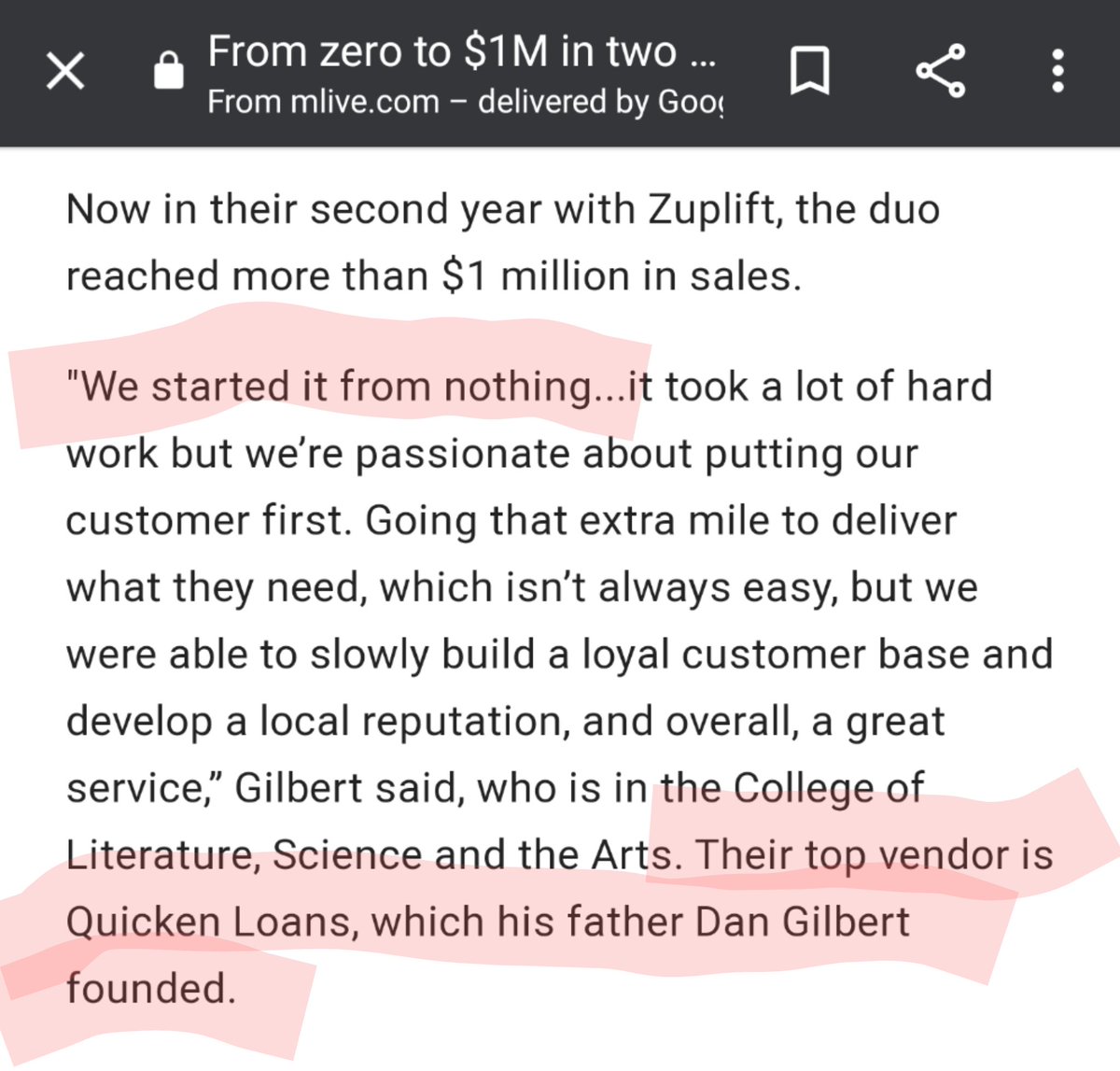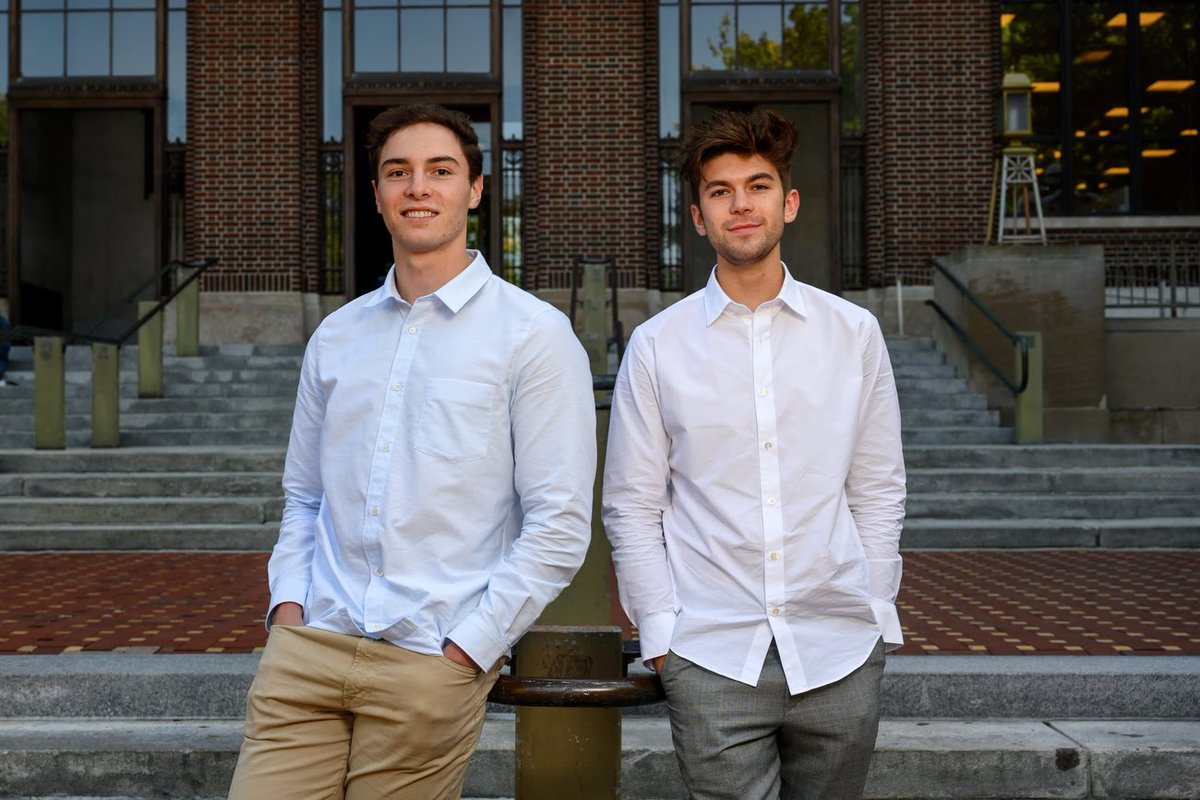
Six years ago, I began investigating how genetics research gets appropriated and integrated into white supremacist ideologies. (1/n)
As many of you know, the Buffalo shooter’s screed explicitly invoked genetics research papers, and the scientific community has loudly been grappling with the implications…What do we do about it? Who's to blame? What qualifies as “censorship?”
In light of these conversations, it’s clear to me that many scientists are completely oblivious to the ecosystem that fostered the shooter’s embrace of these research papers, so I hope to provide some foundational information to guide ongoing discussions.
The shooter’s document follows an all-too-familiar playbook for extremist appropriation of genetics research that I’ve been yelling about since 2016, and I think these can be distilled into 4 primary features that the scientific community should keep in mind.
First is the existence of extremist “journal clubs.” These groups pop up like weeds on the far-right’s preferred social media platforms, and essentially function as crowdsourced bibliographies. science.org/content/articl…
Take, for example, a Telegram channel called “Iron Mirror”—this channel operated for 2+ years as “an online Library on Society, Economy, Psychology as well as Genetics,” and curated hundreds of papers deemed to be supportive of far-right ideology. 

This channel was deeply embedded in the network of far-right extremist channels–one particularly notorious channel (that openly promotes violence and has been linked to various Atomwaffen Division offshoots) described Iron Mirror as a “sister channel.” eeradicalization.com/far-right-extr… 

(apropos of nothing, the creator of the Iron Mirror channel now appears to be a PhD student at Texas Tech, and has recently published several papers under the umbrella of race science).
Virtually all far-right bibliographies follow a similar structure—community members with a strong interest (and/or training) in science scour the literature for papers and dump them into the laps of peers, acting as the “intellectual vanguard” of ethnonationalist networks.
The Buffalo shooter’s screed is unique because it’s the first I’m aware of that has included links to the primary scientific literature, almost a carbon copy of what you’d see in one of these “journal clubs.”
This should alarm you! The rhetoric about genetics in spree shooter screeds has morphed from colloquial “beliefs-stated-as-facts” (e.g., what you’d see in the words of Breivik/Roof/Tarrant) into direct references to scientific results.
Violence directly linked to misappropriation of research is no longer a hypothetical—it’s an actualized harm that should factor into every decision made by IRBs, funders, and journal editors.
It’s unlikely that the Buffalo shooter was deeply engaged with any of the papers he cited…consequently, any supplementary materials or FAQs or authors’ tweets asserting that they reject any racist implications are entirely irrelevant to the act of misappropriation.
What matters is that the papers had a single feature or two that could be construed as supportive of his ideology…a catchy title, a coauthor deemed to be ideologically aligned, or a figure taken out of context are all common conduits for appropriation.
If you insist on an action item, here’s what I’d suggest: familiarize yourself with how papers are appropriated in this way and conduct your research conscientiously assuming there’s a chance it will receive a stamp of approval from a hateful terrorist.
Second is the “meme-ification” of figures from scientific research papers/posters, which I’ve tweeted about extensively—basically, PCA/STRUCTURE plots often get pulled out of context and re-annotated to amplify perceived racial differences
https://twitter.com/JedMSP/status/922496778812968960
Folks like @lpachter have commented on the shooter’s specific usage of such figures, and with some careful googling, you can roughly trace a figure’s trajectory from the ivory tower into extremist communities
https://twitter.com/lpachter/status/1526727235343765504
@lpachter Understanding how our modes of visual communication are (mis)interpreted is essential scientific praxis, and improving established paradigms can be extraordinarily difficult…I encourage everyone to read this vitally important paper on the topic: dx.doi.org/10.3998/ptb.69…
@lpachter Third is the overwhelming enthusiasm for research on the genetics of cognitive and behavioral traits. In 2020, we published a paper that systematically quantified the “white nationalist sector” of Twitter audiences engaging with bioRxiv preprints.
journals.plos.org/plosbiology/ar…
journals.plos.org/plosbiology/ar…
@lpachter We found over 10% of preprints had detectable white nationalist audience sectors, mostly concentrated on topics of intelligence, cognitive/neurological function, and behavior. In some cases, over half of the Twitter audience was aligned with far-right ideology.
The paper with the largest white nationalist audience sector (65%!!!) we analyzed was a GWAS meta-analysis for intelligence (published in Nature Genetics a month before EA3).
carjed.github.io/audiences/#lay…
carjed.github.io/audiences/#lay…
I don’t know what to say, other than “what did you expect?” Scholars have been criticizing the IQ research to far-right pipeline for 50+ years, and things have arguably gotten much worse, exacerbated by social media and increasing political polarization
https://twitter.com/thebirdmaniac/status/1526198231914450944
If scientists aren’t even the loudest voice in the room discussing their own research, this is a massive, massive problem. If you study socially sensitive topics, defend your work!
Everyone’s claws come out to defend against critics, but do you also defend against those who have a warped appreciation of your research? I hate to break it to everyone, but a project doesn't just stop being worthy of your stewardship once it's published.
Finally, earlier this year, @Kelley__Harris and I published a paper about the scientometrics of Richard Lewontin’s classic 1972 paper, “The Apportionment of Human Diversity.” royalsocietypublishing.org/doi/full/10.10…
@Kelley__Harris We conclude with an anecdote describing how the originator of “The Great Replacement” theory specifically attributes Lewontin to be the architect of an “anti-racist dogma” that put into motion the “eradication” of the white race. 

@Kelley__Harris We debated mentioning the connection between TGR and past mass shootings in El Paso and Pittsburgh…was it really relevant? Were we overstating our concern that genetics research is prone to being swept up in violent ideologies?
@Kelley__Harris It didn't even take a month to get our answer, in the form of another horrific tragedy followed by the same string of tired excuses of a broken society that's already bracing for the next headline.
• • •
Missing some Tweet in this thread? You can try to
force a refresh













